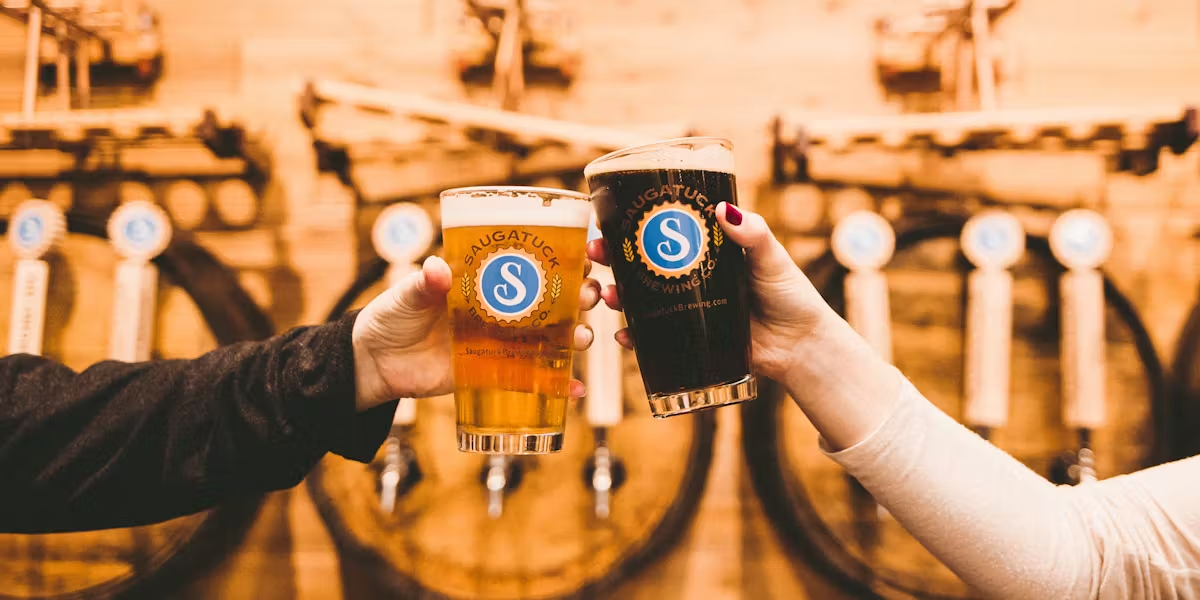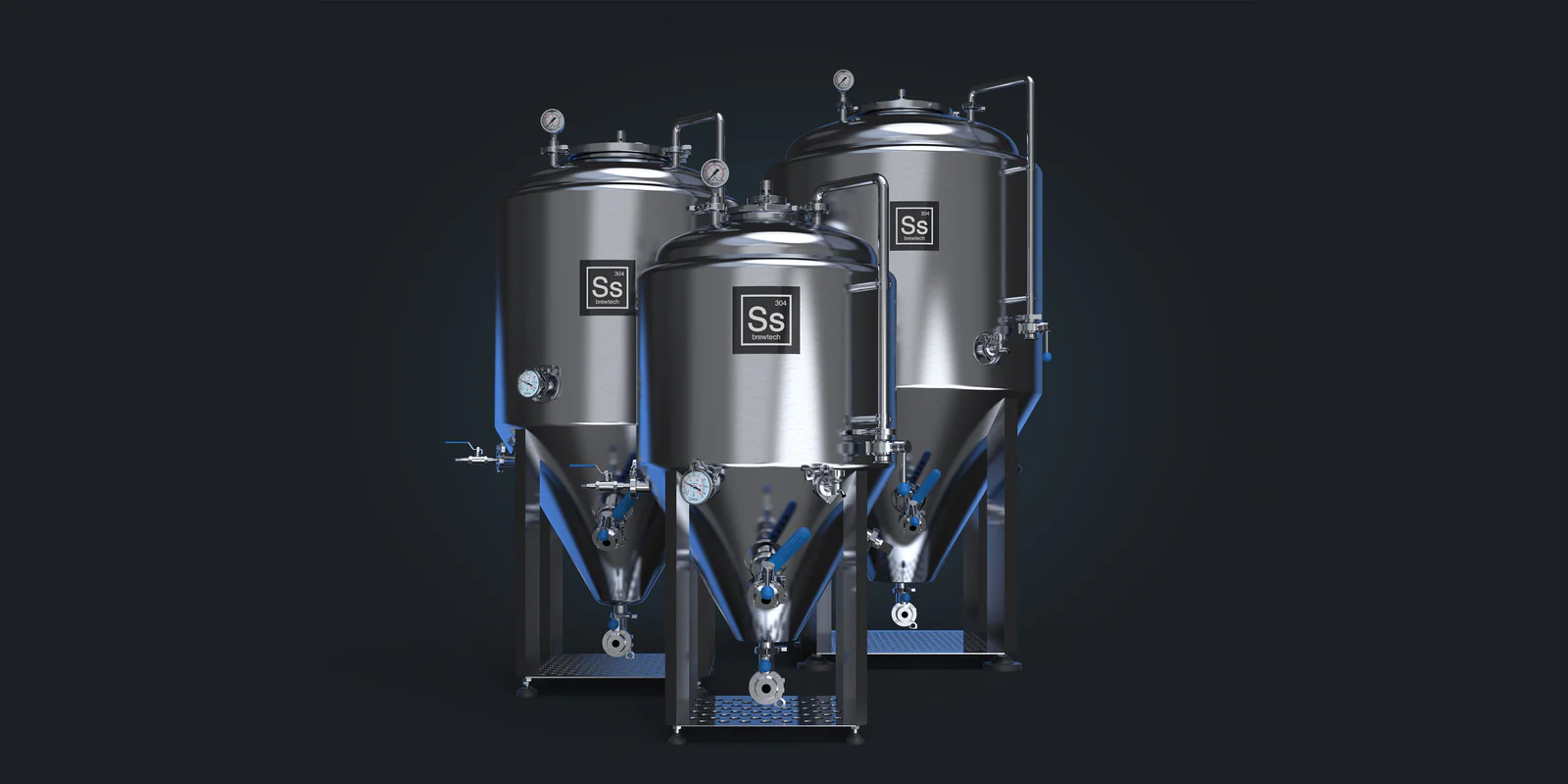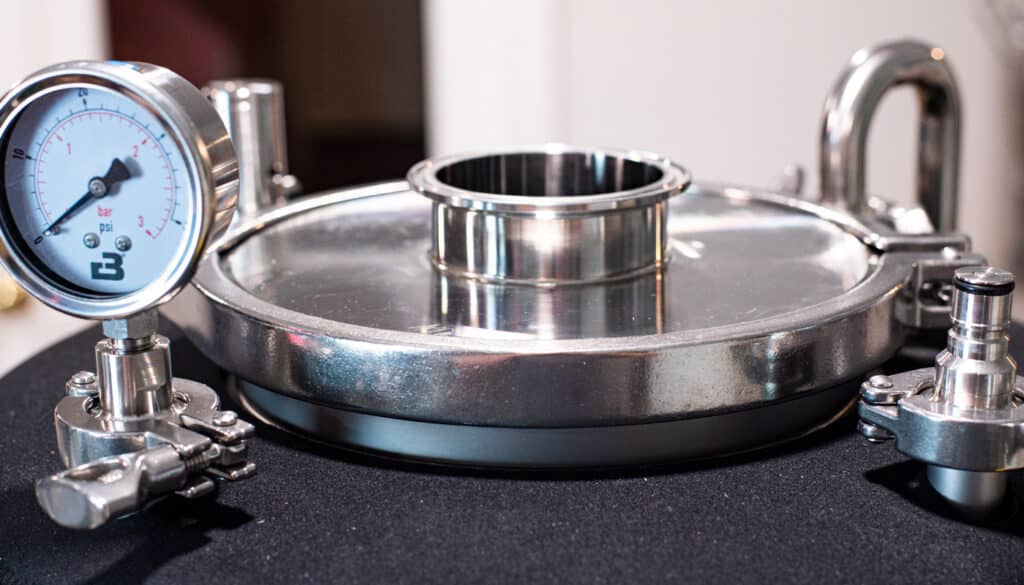
As a homebrewer, it didn’t take long for me to realize that the quality of my beer was directly influenced by the water I used. In fact, after brewing several batches, I began to notice a pattern: no matter how high-quality my ingredients were, the water I used seemed to make all the difference. This led me to research and eventually invest in a reverse osmosis system for homebrewers. In this article, I’ll take you through the reasons why I believe this investment was worthwhile, how it works, and why I think it’s a must-have for anyone serious about crafting their own beer at home.
Why a Reverse Osmosis System for Homebrewers Is Crucial
When I first began brewing beer, I paid little attention to the water. After all, I figured that water was just water—how could it possibly matter in the beer-making process? However, as I began to experiment with different styles, I noticed that some beers tasted better than others, despite using the same ingredients. That’s when I started digging into water chemistry and realized that minerals in the water—things like calcium, magnesium, and sodium—can greatly affect the taste, mouthfeel, and even the clarity of the beer.
Using unfiltered tap water meant I had no control over the minerals and other impurities present in the water. This could result in off-flavors and inconsistent results between batches. After learning more about how water affects brewing, I decided to install a reverse osmosis system for homebrewers, and the results were immediate and impressive. By using pure water as a base, I could now adjust the mineral content to match the needs of the beer style I was brewing, which has drastically improved my brewing process.
Understanding the Reverse Osmosis System for Homebrewers
A reverse osmosis system for homebrewers is a water filtration system that removes contaminants from water, leaving behind purified water. The system works by pushing water through a semipermeable membrane that blocks out larger particles, such as salts, metals, and chemicals, while allowing only water molecules to pass through. This process results in water that is almost completely free of minerals, chlorine, and other unwanted substances that can negatively impact the flavor of your beer.
What makes the reverse osmosis system so valuable for homebrewers is its ability to filter water to a purity level that standard filters or tap water cannot achieve. This pure water can then be treated by adding specific brewing salts to achieve the ideal water profile for any beer style. Whether you’re brewing an IPA with a crisp, hoppy flavor or a smooth stout that requires balanced mineral content, the reverse osmosis system provides a blank canvas for creating the perfect water.
How Does a Reverse Osmosis System Work?
The reverse osmosis process is fairly straightforward, but understanding how it works can help you appreciate its role in the brewing process. The first step is pre-filtration, where the water passes through a series of filters designed to remove larger particles such as sediment, dirt, and rust. After this, the water is filtered through a carbon filter, which removes chlorine, chloramine, and other chemicals that could negatively affect the flavor of the beer.
The heart of the system is the reverse osmosis membrane. This is where the magic happens: water is pushed through the membrane, which only allows pure water molecules to pass through while trapping contaminants like salts, metals, and other particles. The result is water that is almost entirely free from any unwanted substances, leaving you with a clean, neutral base to work with.
After the filtration process, the clean water is collected in a separate container, while the impurities are flushed out as waste. One thing to note is that reverse osmosis systems are not perfectly efficient; typically, for every gallon of purified water produced, about three gallons of wastewater are created. While some newer systems have improved efficiency, it’s important to keep in mind that the process generates waste water.
Why Is a Reverse Osmosis System Useful for Homebrewers?
The primary benefit of using a reverse osmosis system for homebrewers is the ability to control the water’s mineral content. Because the system removes most of the minerals and contaminants, it gives you a fresh, clean slate to work with. This is particularly helpful if you’re brewing beers that require specific mineral profiles, such as an IPA that demands a high sulfate level for a dry, crisp finish or a stout that needs more chloride to create a smoother mouthfeel.
Additionally, using purified water helps avoid the off-flavors that can sometimes come from tap water. Tap water is often treated with chlorine or chloramine, which can leave undesirable flavors in the beer. Even if you use chlorine-removal agents, these chemicals can still affect the final product. With an RO system, these chemicals are removed, allowing your ingredients—such as malt, hops, and yeast—to shine through without interference.
Mineral Additions: Creating the Perfect Water Profile
While the reverse osmosis system for homebrewers removes most minerals, those minerals are still essential for brewing. For this reason, the next step after filtration is to reintroduce specific minerals to the water. The beauty of using RO water is that you can tailor the mineral content to match the needs of the beer style you are brewing.
For example, if you’re brewing an English-style pale ale, you might want to add more calcium to the water to enhance beer clarity and promote yeast health. For a German pilsner, a higher sulfate-to-chloride ratio is needed to bring out the crisp, dry finish characteristic of that style. By using brewing salts like calcium chloride, gypsum, or epsom salts, you can fine-tune the water’s mineral content and create a balanced water profile that complements your beer’s ingredients and style.
Choosing the Right Reverse Osmosis System for Homebrewers
When I first began looking for a reverse osmosis system for homebrewers, I was overwhelmed by the number of options available. However, after some research, I found that selecting the right system comes down to a few key factors:
- Water Usage: If you brew large batches, you’ll want a system that can handle higher water volumes. Some systems are designed for smaller home setups, while others can process hundreds of gallons per day.
- System Size: Reverse osmosis systems come in various sizes and capacities. Smaller, more compact systems are great for small batches, while larger systems can be installed for high-volume brewing.
- Filter Lifespan and Maintenance: A reverse osmosis system requires regular maintenance, including replacing filters and cleaning the system. It’s important to choose a system that fits your needs while also considering how easy it is to maintain.
- Price: Reverse osmosis systems can range in price depending on their capacity and features. While it’s tempting to go for the cheapest option, it’s worth investing in a higher-quality system to ensure it delivers consistently pure water for brewing.
Conclusion
After using a reverse osmosis system for homebrewers, I’ve seen a clear improvement in the quality of my beer. From better control over water chemistry to the ability to remove unwanted chemicals, this system has elevated my brewing process and provided me with consistent, high-quality results. If you’re serious about brewing and want to take your beer to the next level, I highly recommend considering a reverse osmosis system. With the right system in place, you’ll be able to craft beers with precise flavor profiles, clarity, and consistency.




